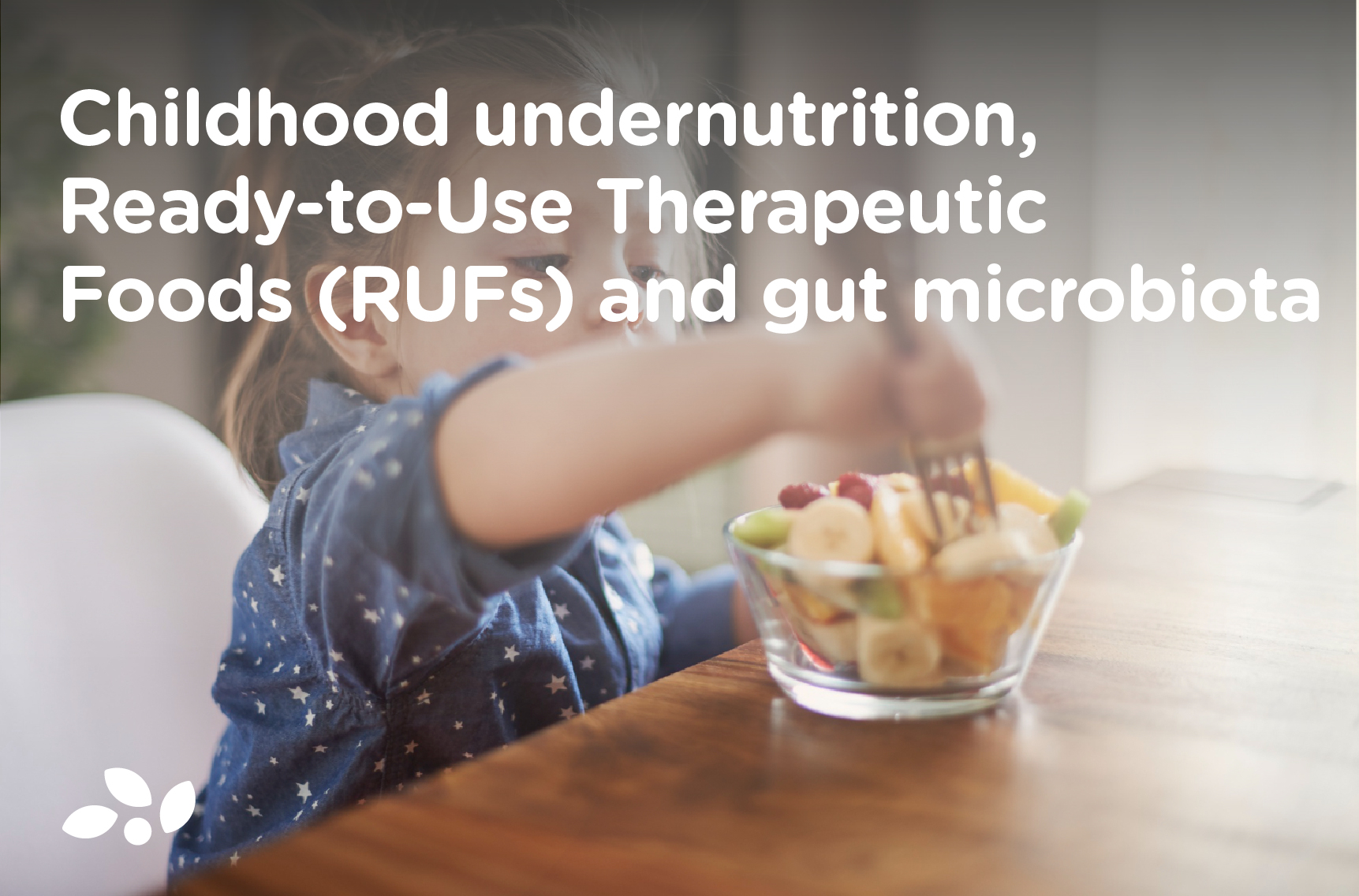Childhood undernutrition is one of the major health crises affecting many children in the world. According to the World Health Organization (WHO), more than 47 million children under the age of five suffer from acute malnutrition, a condition that compromises their growth, cognitive development and, in more extreme cases, their survival (1) (6). Malnutrition can present itself in various forms: severe acute malnutrition, chronic malnutrition or micronutrient deficiency. The most common symptoms of this disease are: weight loss, extreme pallor, protruding cheekbones, memory loss, slow growth, dry skin, hair loss, physical exhaustion, loss of muscle mass, fragile nails, anemia, among others (3).
Child malnutrition is caused by a combination of factors, including poverty, lack of access to nutritious food, poor water quality, lack of health services and diseases resulting from poor nutrition. All of these factors can lead to delayed physical and cognitive development and, consequently, fewer economic opportunities in the future. In addition, malnourished children are more susceptible to infections, as their immune systems are weakened.
Fortunately, Ready-to-Use Therapeutic Foods (RUFs) have emerged as a key solution for the treatment of malnutrition in emergencies.
RUFs are therapeutic foods designed specifically for severely malnourished children and can be administered without hospitalization, which is a very effective tool in unfavorable and emergency situations. They are characterized by high energy density, easy administration, safety, good palatability and high acceptability. A common example of RUF is Plumpy’Nut, a peanut-based paste enriched with essential vitamins and minerals, packaged in a metal sachet containing 500 kilocalories (2). Plumpy’Nut was invented in 1999 by a French scientist, André Briend. This product has proven to be extremely effective in reversing acute malnutrition in a short period of time, allowing families themselves to treat children’s malnutrition at home.
This product keeps well once opened, and unopened it has a shelf life of two years, even at room temperature. It is very difficult to consume more than the necessary quantities, and any adult can administer it without special knowledge, a feature that differentiates them from therapeutic formulas that must be dissolved in water, such as formula F-75 or formula F-100. These formulas require drinking water and follow strict hygiene standards to avoid the risk of infection, which is often not possible in these settings. The costs between the two are similar, but RUFs are easier to transport, take up less storage space, and do not require prior preparation or drinking water
An example of this is the story of Younas, who was ten months old when his mother brought him to a clinic. The diagnosis was quick and effective: Younas was suffering from severe acute malnutrition. However, after seven weeks on therapeutic foods (RUFs), he began to recover (1). For these reasons, the Food and Agriculture Organization of the United Nations (FAO) considers Plumpy’Nut a therapeutic food (2).
The solution to malnutrition may lie in the gut.
Experts claim that the solution to reversing malnutrition goes beyond providing sufficient calories and nutrients; the problem may be due in part to the microbial community that inhabits the intestines of malnourished children (4). This hypothesis has led to the development of complementary foods to enhance the microbial population of children, thus helping them grow healthily.
“If there is evidence that alterations in this [microbial] set lead to malnutrition, the goal is to develop a way to repair the underdeveloped microbial communities of malnourished children and restore healthy growth,” says Jeffrey Gordon, a microbiome scientist and director of the Center for Genome Sciences and Systems Biology at the University of Washington School of Medicine in the United States (4).
According to a study conducted by this scientist, a prototype microbiota-targeted supplementary food (MDCF-2) or ready-to-use supplementary food (RUSF) was provided to 123 Bangladeshi children with moderate acute malnutrition, aged 12 to 18 months. Supplementation was administered twice daily for three months. It was shown that malnourished children who received a dietary supplement to boost gut microbes gained more weight and grew more than those who received a standard ready-to-use dietary supplement (5) (6). Although MDCF-2 contained 17% fewer calories compared with RUSF (5). So proper microbiota development is essential for healthy growth and adequate nutrient absorption.
MDCF-2 is composed of local ingredients, such as chickpeas, soybeans, peanuts, green banana, sugar and soybean oil, to which a premix of vitamins and minerals is added. In contrast, the composition of RUFs includes rice, lentils, milk powder, sugar, soybean oil, and a vitamin and mineral premix (8).
In conclusion, there is evidence that RUFs are not sufficient to reverse malnutrition and that support with MDCF-2 may be helpful for microbiota repair.
- Internacional U. ¿Qué es el alimento terapéutico listo para usar? [Internet]. Unicef.es. UNICEF España; 2022 [citado el 24 de octubre de 2024]. Disponible en: https://www.unicef.es/blog/desnutricion/alimento-terapeutico-tratamiento-desnutricion-infantil
- La revolución del Plumpy Nut [Internet]. UNICEF España. 2009 [citado el 24 de octubre de 2024]. Disponible en: https://www.unicef.es/noticia/la-revolucion-del-plumpy-nut
- Opdoctors.es. [citado el 24 de octubre de 2024]. Disponible en: http://opdoctors.es/diccionario-medico/desnutricion-infantil
- La solución a la desnutrición infantil podría estar oculta en sus intestinos [Internet]. National Geographic. 2023 [citado el 24 de octubre de 2024]. Disponible en: https://www.nationalgeographic.es/ciencia/2023/05/solucion-desnutricion-infantil-intestinos
- Chen RY, Mostafa I, Hibberd MC, Das S, Mahfuz M, Naila NN, et al. A Microbiota-directed food intervention for undernourished children. N Engl J Med [Internet]. 2021;384(16):1517–28. Disponible en: http://dx.doi.org/10.1056/nejmoa2023294
- Mostafa I, Fahim SM, Das S, Gazi MA, Hasan MM, Saqeeb KN, et al. Developing shelf-stable Microbiota Directed Complementary Food (MDCF) prototypes for malnourished children: study protocol for a randomized, single-blinded, clinical study. BMC Pediatr [Internet]. 2022;22(1). Disponible aquí.
- Gaufin T, Tobin NH, Aldrovandi GM. The importance of the microbiome in pediatrics and pediatric infectious diseases. Current Opinion In Pediatrics [Internet]. 5 de diciembre de 2017;30(1):117-24. Disponible aquí.
- Mostafa I, Sthity RA, Lamiya UH, Tariqujjaman Md, Mahfuz M, Hasan SMT, et al. Effect of Gut Microbiota-Directed Complementary Food Supplementation on Fecal and Plasma Biomarkers of Gut Health and Environmental Enteric Dysfunction in Slum-Dwelling Children with Moderate Acute Malnutrition. Children [Internet]. 6 de enero de 2024;11(1):69. Disponible aquí.



